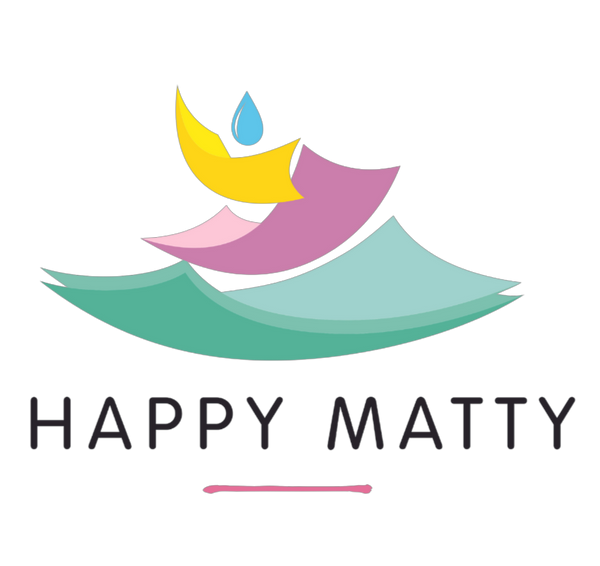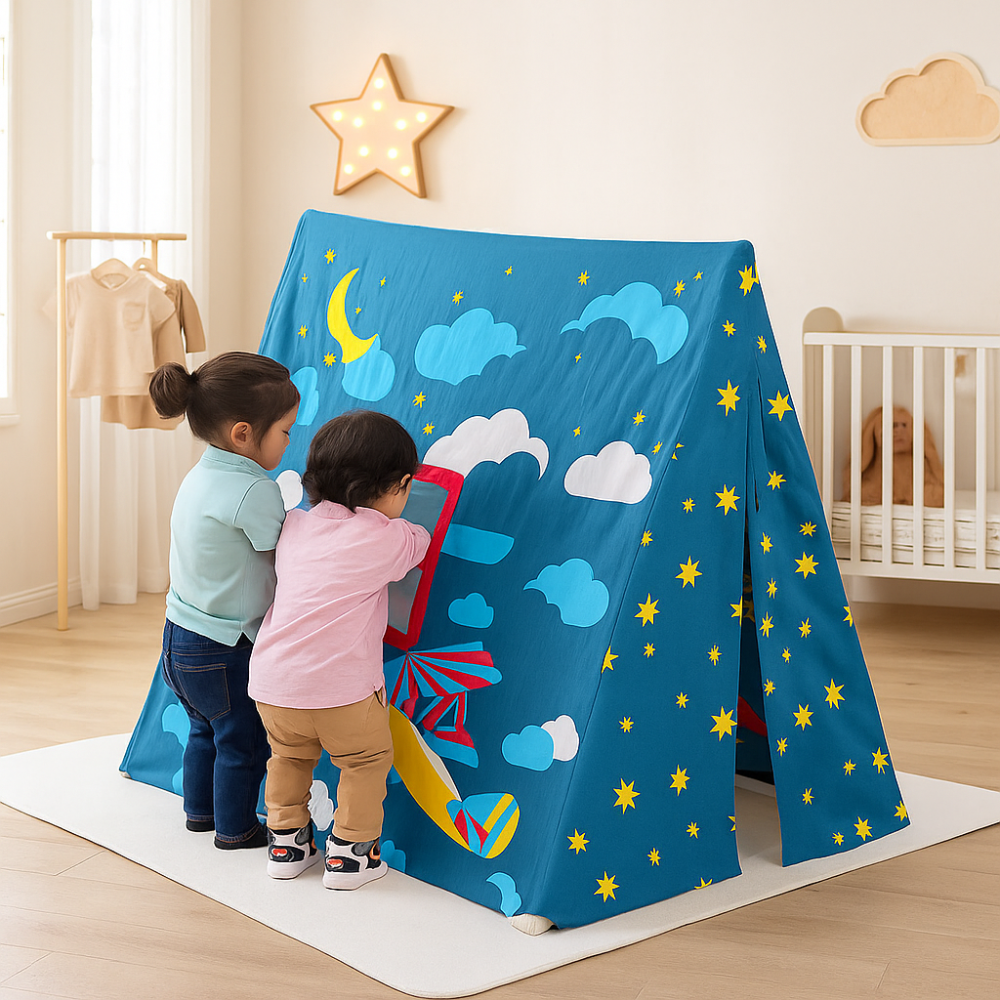There’s something undeniably magical about a play tent. It doesn’t matter if it’s draped in sparkly fabric or stitched with jungle prints, once a child crawls inside, it instantly transforms into a fortress, a spaceship, a reading nook, or a hideout from dragons. But the question that keeps popping up in the minds of many modern parents is this: Should you build it yourself or buy one off the shelf?
The tug-of-war between DIY and store-bought play tents is more than just a budget debate. It’s wrapped up in creativity, time, practicality, and of course, a sprinkle of Pinterest inspiration. Let’s take a deep dive into both sides of the play tent debate and figure out what’s best for your family—not just in theory, but in everyday life.
The Sentimental Appeal of DIY Tents
There’s a special kind of pride in creating something with your own hands. A play tent made at home with blankets, dowels, or even PVC pipes carries a story. It whispers of a Sunday afternoon spent crafting with your toddler, paint smudges on tiny fingers, mismatched fabrics from old curtains, and the satisfaction of turning chaos into joy.
DIY tents tend to speak a language of improvisation and nostalgia. Some parents recall building tents with their own parents—using chairs and bedsheets, fairy lights, and laughter echoing through the living room. Recreating that experience for your children can feel like passing on a tradition that’s quietly powerful.
The other advantage is creative control. Want a safari-themed tent with vines and little animal prints on the interior? Go for it. Prefer soft, muted pastels to match your Montessori-style playroom? You’re in charge. The aesthetic becomes yours to shape, and that’s no small deal in a world where everyone’s trying to personalize their parenting approach.
Of course, there’s the budget aspect. A DIY setup can often be assembled using what’s already available at home—an old bedsheet, a couple of broom handles, and a bit of string. For families on a tighter budget, that’s an appealing path.
But DIY comes with its own set of hurdles.
The Not-So-Fun Side of DIY
Let’s be real. Not every parent has a glue gun, spare time, or the patience to engineer a mini structure in the middle of the living room. Between tantrums, snack demands, and the daily blur of school runs and work meetings, carving out time for a DIY project can feel like trying to meditate during a thunderstorm.
Safety can also be a concern. Homemade tents, unless carefully constructed, might collapse or have rough edges that pose risks. The last thing any parent wants is to turn a fun play space into an emergency room visit.
And then there’s durability. A DIY tent might hold up for a week, maybe a month if it’s lucky. If you’ve got more than one child—or a particularly curious toddler—your creation might find itself being jumped on, pulled at, or chewed. Homemade designs, even the well-intentioned ones, rarely stand the test of time and toddler.
That’s where the polished allure of store-bought tents starts to shine.
The Convenience and Charm of Store-Bought Tents
There’s a certain delight in clicking “Add to Cart” and knowing that within days, a perfect, pop-up-ready tent will arrive at your doorstep. Store-bought play tents, especially from brands that prioritize child safety and aesthetic design, eliminate the guesswork.
These tents are usually tested for stability, crafted with child-friendly materials, and built to last longer than a weekend. Whether it's a sturdy canvas teepee, a whimsical castle, or a car-themed retreat, you’re investing in something meant to handle the wear and tear of daily play.
One of the standout perks is the ease of setup. Most high-quality play tents can be assembled within minutes—no tools, no swearing under your breath because you misplaced the scissors. This is especially valuable for parents juggling busy schedules or managing multiple children at once.
And let’s not ignore the aesthetics. Brands like Happy Matty have elevated the look and function of store-bought tents. These aren’t just toys; they’re thoughtfully designed additions to your child’s space. From breathable fabrics to child-safe finishes and calming patterns, these tents don’t just serve as a play corner—they enhance the entire room’s atmosphere.
Where Function Meets Design: Thinking Beyond the Tent
Here’s where it gets really interesting: a tent isn’t just a tent.
In a child’s world, it becomes a haven. It’s the little space where they flip through picture books, pretend they’re on a camping trip, or simply retreat for some quiet time. A thoughtfully designed store-bought tent often includes soft bases, windows for ventilation, and enough space for comfort but not so much that it overwhelms a small room.
Some even come with matching accessories—a coordinating mat, pockets for toys, or lights that twinkle just enough to make story time enchanting. These touches are not just luxuries; they create emotional value. They encourage independent play, calm overstimulated minds, and build cozy corners that feel safe and personal.
It’s hard to replicate that blend of form and function with a hodge-podge DIY effort unless you’re a professional crafter—and even then, it takes time and tools that many of us simply don’t have.
Time, Energy, and Emotional Economy
One of the most important yet underrated resources for any parent is energy. Mental energy. Physical energy. Emotional bandwidth.
While DIY projects promise creativity and fun, they can easily spiral into stress if you're doing them out of obligation rather than genuine joy. If building a tent becomes another item on your already crammed to-do list, it may not bring the delight you’re hoping for.
Store-bought options, especially from trusted sources, allow you to save your energy for the moments that matter—actually playing inside the tent with your child. Reading stories. Making shadow puppets. Snuggling under a pile of pillows. That’s where the real connection happens—not in the cutting, gluing, or taping.
It’s worth asking: is this project something you want to do, or something you feel you should do?
Sustainability and Longevity
Another angle that’s becoming increasingly relevant for modern families is sustainability. DIY might seem like the greener option because it involves repurposing old materials. But if the end result is a flimsy structure that gets tossed out after a few uses, it doesn’t truly serve the environment—or your wallet.
High-quality, store-bought tents made with eco-conscious materials and ethical manufacturing practices, like the kind you’ll find at Happy Matty, are built for the long haul. They can be passed down to siblings, repurposed as reading corners, or even folded up and stored for the next generation.
That kind of durability matters. It means less waste, fewer replacements, and more value over time. It’s the quiet sustainability that comes from choosing well, not often.
What’s Best for Your Family?
At the end of the day, the “right” choice comes down to your family’s personality, needs, and rhythm.
If you’re a hands-on parent who thrives on DIY, enjoys crafting on weekends, and has a creative itch that demands scratching, then building your own tent could be an experience you treasure. The imperfections will be part of the charm, and the process might become as special as the final product.
On the other hand, if you're looking for convenience, safety, design cohesion, and long-lasting use, a store-bought tent is a smart investment. It’s a choice that gives you more time and energy to actually enjoy your child’s play, rather than worrying about its structure.
It’s not about which path is more “correct.” It’s about which one fits better into your daily life—and brings more joy without added stress.
Suggested Reading: Comparing Silicone vs. Fabric Bibs: Which is Better for Your Baby?
The Happy Matty Perspective
And if you're leaning toward the store-bought route but still want something that feels thoughtful, personalized, and rooted in real parenting values, Happy Matty is a name worth knowing. Their collection of play tents is designed with comfort, safety, and style in mind—three things every parent quietly craves.
These aren't generic, mass-produced products. They’re carefully made with breathable fabrics that feel soft against baby skin, charming prints that spark the imagination, and sturdy structures that offer peace of mind. They even complement their tents with beautifully curated bedding, mats, and essentials that turn any room into a playful, nurturing space.
At the heart of https://happymattystore.com/ is an understanding that parents don’t just want products—they want experiences that feel loving, reliable, and a little bit magical. So whether you’re buying a play tent to surprise your toddler or building one with your little helper, what matters most is the memories you make inside it.
And if those memories happen to come with twinkling lights, soft cotton, and a design that makes your heart smile? Even better.



